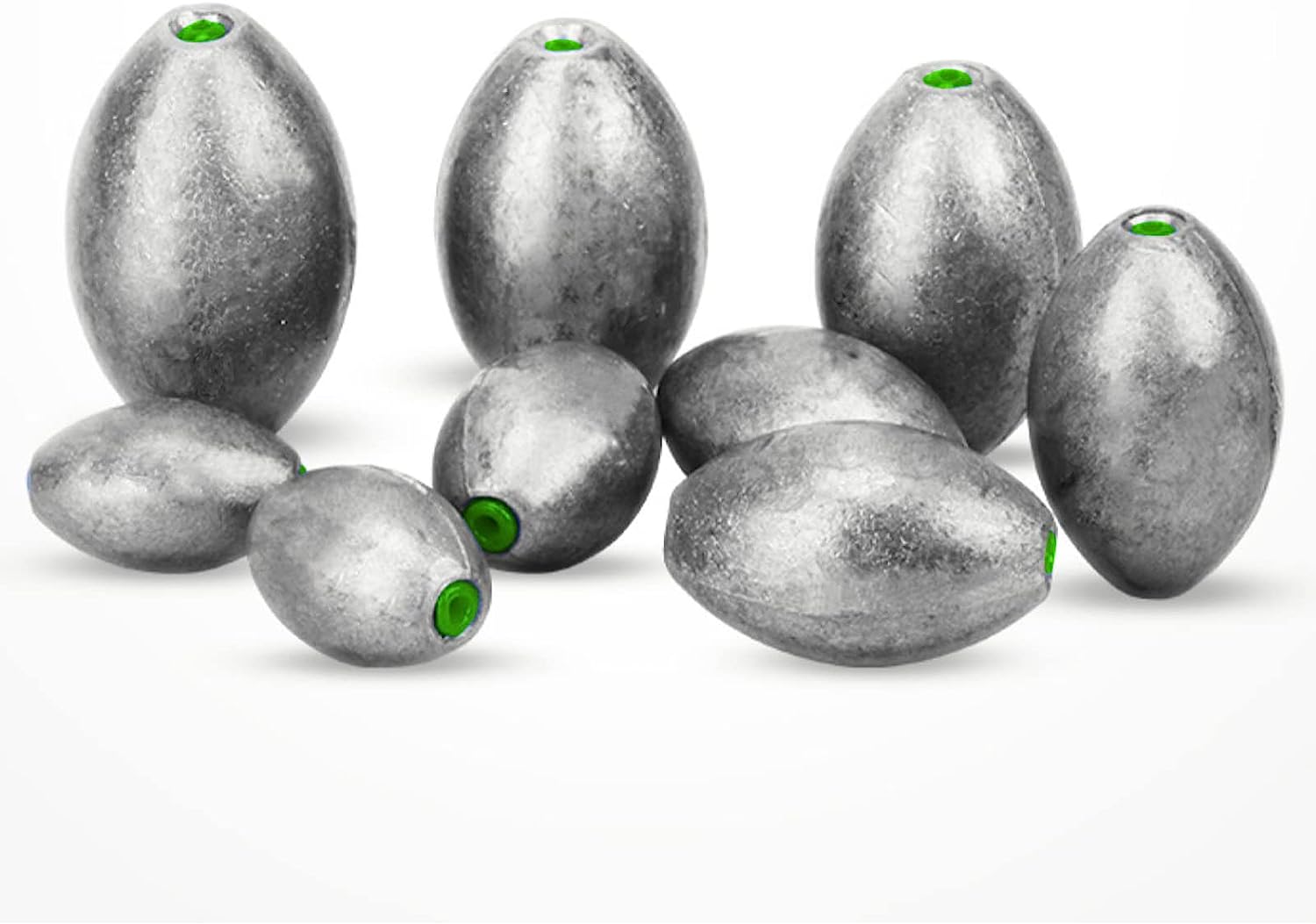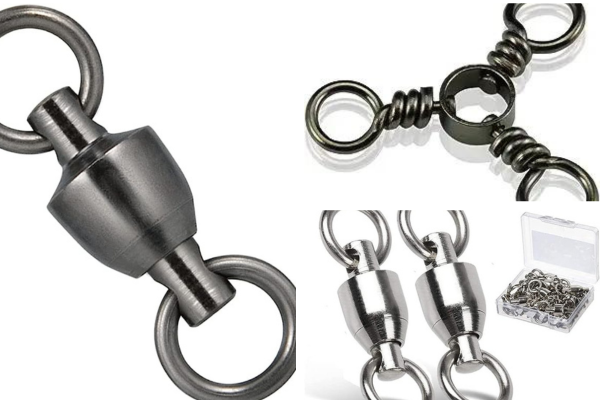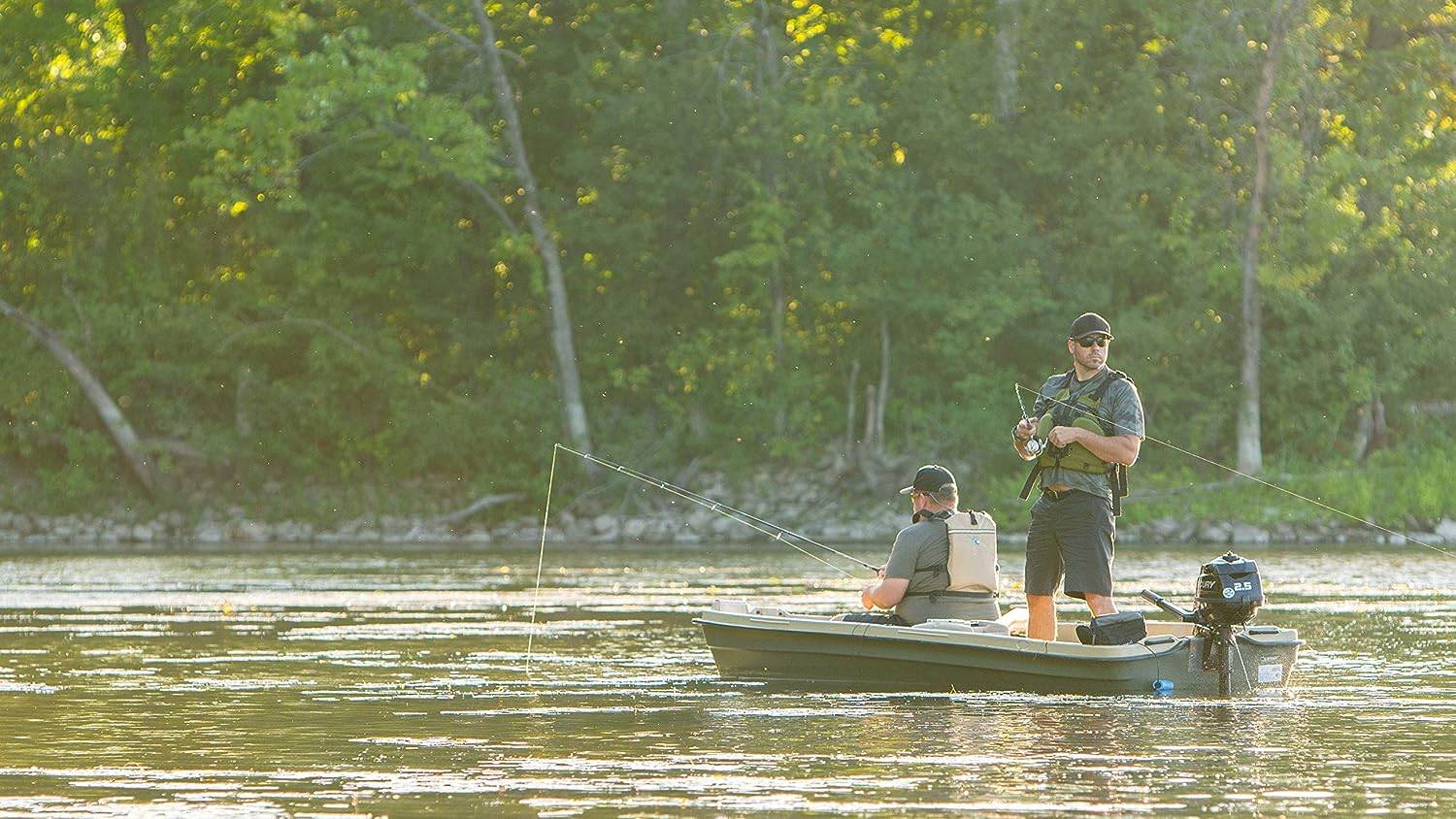Spinning reels are arguably the easiest to spool. Despite that, we see how several anglers (pros and beginners) struggle to get it right. Some just string any fishing line and think that they are set.
But fishing isn’t magic; you can’t spool a braided line on a reel that needs a monofilament and expect results. It doesn’t work like that!
Say you were even lucky to get a few games despite your error. Then, know that you could have achieved more hauls if you had spooled your reel correctly.
Bottom line: learn to put a fishing line on your spinning reel the right way. Doing so will improve your hauls as well as protect your gear. Besides, you have nothing to lose. So, why not do it right?
And if you are worried that the process will be cumbersome, don’t. Spooling a spinning reel (or any reel) isn’t difficult. You only have to follow the adequate steps. Luckily, we have listed the said steps in this post.
Spooling Your Spinning Reel In 7 Simple Steps
Gather The Required Tools
You can’t possibly spool a spinning reel with your bare hands. Even if that is possible, it’ll be time-wasting and risky. Instead, get these items:
- A long screwdriver
- A sharp pair of scissors
- Thick cloth
- The spinning reel
- A rod for the reel
- A spool of line that matches the details on your reel. By that, we mean features like capacity and weight.
- A tape (preferably electrical tape) to wrap the braid around the spool
Suggested reading: How to Clean Fishing Reels
Select The Right Line
Your fishing line depends on your fishing methods and the species you prefer. Nevertheless, here is a quick run-through to help you make the best decisions:
- Monofilament – are the best fishing line when you prefer using live baits. They are equally perfect for bobbers and floats.
- Fluorocarbon – is more like stealthy lines because they are the least visible of all fishing lines. However, they are not flexible – only perfect for calm water.
- Braided – are the most durable fishing lines and are perfect for hunting big games (12pounds at least). Plus, they cast accurately over a long range. Unfortunately, they are not flexible and are “too” visible. Regardless, they are the best lines for topwater baits.
Pro tip: if you prefer braided lines, lace it with monofilaments. That way, it won’t slip off the spool.
Set Your Rod and Reel
Before the action begins, ensure that your rod and reel are in the right place and ready. How?
Let’s start with your rod; ensure you assemble it like you are ready to go fishing with all its eyes lined up. Then, check your spinning reel. Is it tight? Is it in the reel seat?
If you answered no, jerk the reel in its seat and ensure it’s tight and secured. Also, check that the reel turns once it starts cranking, but in the right direction.
Work On Your Lines
After your rod and reel are ready, take extra care with your lines. Regardless of the line, ensure you remove it gently from the spool. While you’re at it, keep it at a max of 15ft at a time to prevent tangling and twisting.
Afterward, prepare your lines towards your rod’s eyes. Ensure that you start at the tail ends of your reel. And while you’re at it, let your reel and line face the same direction.
Open The Bail Before Attaching The Line To The Reel Spoon
One mistake we see anglers make often is forgetting to keep the bail arm of their reel open before attaching their line. A closed bail won’t hold your lines in place. That will lead to several slips and frustration.
To avoid such scenes, keep the bail open when threading your line and especially when you’re knotting it to the spool.
Now, you can attach the line to the reel spoon. How?
- Holding the tip of your fishing line, wrap it twice around the spool.
- Now, keep the line in place with an overhand knot.
- Once the line is steady in place, trim its tag end.
Note: if you’re restringing your reel against inserting a new line, leave some of the old lines on it. Doing so means you need less line to fill your spool – in other words, less money.
Wind Your Line Rapidly On Your Reel
While you might be tempted to wind your line ASAP, take your time. Slowly wind on the reel and do it correctly. How?
- Holding your screwdriver in one hand, slowly wind your line on the reel.
- Hold the tail end of the spool with a thick cloth.
- Ensure that the line is tightly snug onto the reel.
- In the process, the thick cloth will become hot. So, we’ll recommend that you take a few pauses in between.
Once all the lines are tightly snug into the reel, it is time to close your bail. However, you should be careful so that your line and reel face the right direction.
Check Your Spool Orientation
We understand that you might be wondering what the “right direction” should be for your line spool. Should it be clockwise or counterclockwise?
Frankly, you don’t need to bother about that if you align your line spool correctly. Here is how to do so:
- Don’t run your line off your spool without it facing your direction.
- For specifics, put your line spool on the floor, and let its label face your direction.
- Once the label is in your direction, start cranking the reel. Continue doing so until you’ve reached about 10 cranks.
- Now, check the line. If the loose end is in relaxed loops, then you’re good. Else, you’ll need to restart the whole process.
If the lines on the floor are in relaxed loops, keep cranking until you fill your spool. And continue cranking until your line is about three-sixteenth or a one-eighth inch from the lip of your spool. At that stage, you can trim the line.
Voila! You have put a fishing line on your spinning reel the right way. It’s easy peasy, eh? So, what next? Should you start fishing right away?
Pedal off a bit; keep practicing until you don’t have to check this guide anymore. Cheers!
Further reading: Best Ultralight Spinning Reel
Share the Love
If you found this post useful, please let others know about it by sharing it.
Related Posts
If you found this post useful, please explore others posts.


